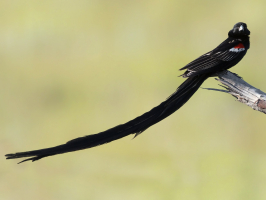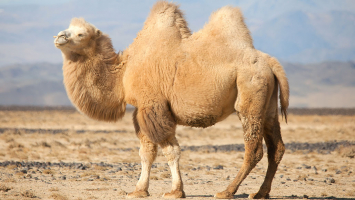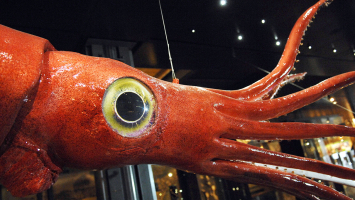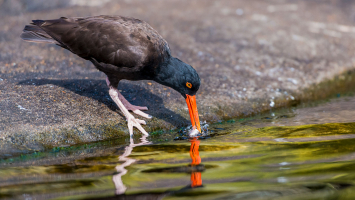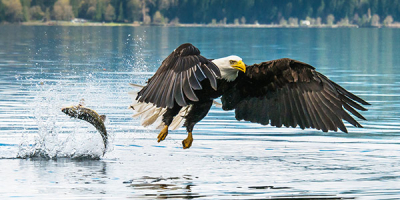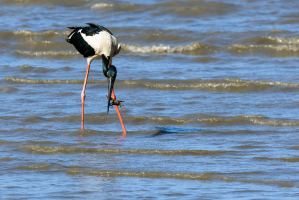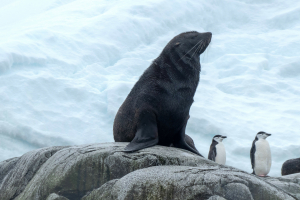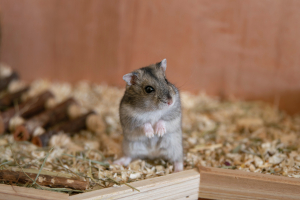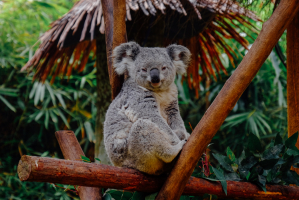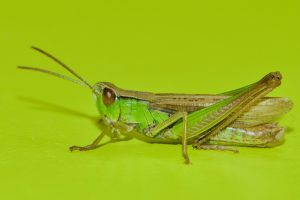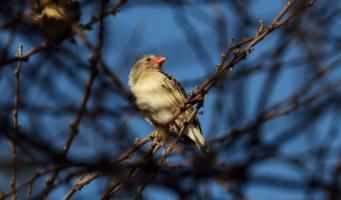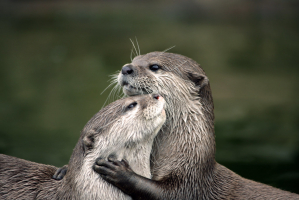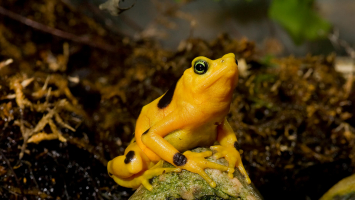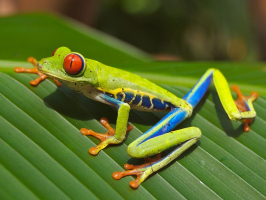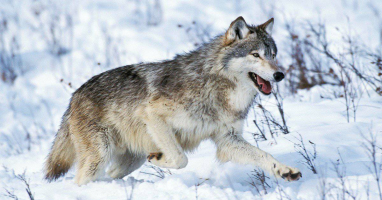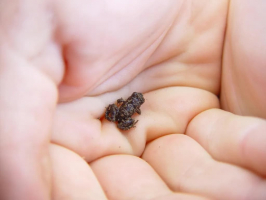Top 10 Unique Animals With Long Necks
There are multiple theories that explain why some animals have evolved and adapted in certain ways. One such animal adaptation is having a neck that is longer ... read more...than typical. Giraffes and gerenuks, for example, use their long necks to climb to the tops of trees to graze. As a result, their physical trait of having a long neck aids in reducing food competition. Others, however, feel that long necks are crucial characteristics when competing for mates. There are many different types of animals with long necks all over the world but in this article below will be the unique ones that you should not miss, let's find out!
-
Giraffes are indigenous to Southern and Eastern Africa, regions characterized by protracted droughts and scarcity of food. They can survive in environments where food is naturally scarce and droughts are rather common thanks to their long necks. These long-necked herbivores can reach leaves and buds where other terrestrial browsers can’t (acacias are their favorite).
The neck of a mature male giraffe also referred to as a bull, is the longest in the entire animal kingdom. While an adult male giraffe can have a neck as long as 8 feet, an adult female giraffe can have a neck as long as 7 feet. Giraffe adult males compete for females by using their extraordinarily long necks. During fights, they frequently whip their necks around and strike each other with their massive, skull-like heads. Longer and thicker necks make male giraffes more likely to prevail in battle and secure mating privileges.
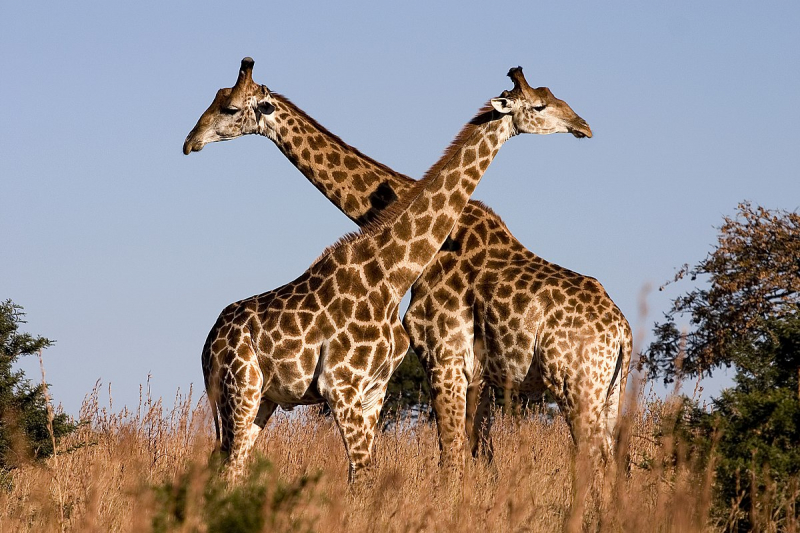
Wikipedia 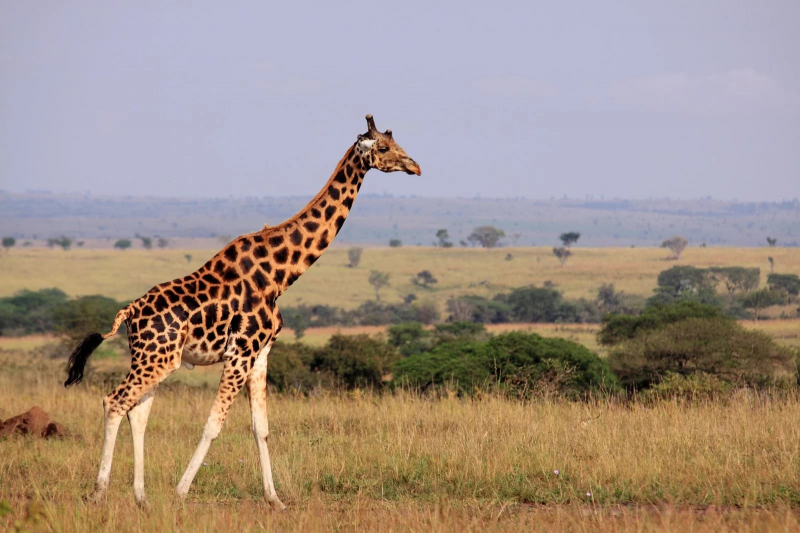
Smithsonian Magazine -
The Dromedary Camel is a large even-toed ungulate, of the genus Camelus, with one hump on its back. It is the tallest of the three species of camel; adult males stand 1.8–2.4 m at the shoulder, while females are 1.7–1.9 m tall. The long, curving neck, small chest, single hump (as opposed to the two found on the Bactrian camel and wild Bactrian camel), and long hairs on the throat, shoulders, and hump are the species' distinguishing characteristics. Dromedary and Bactrian camel species have the longest limbs of any living camelid. Because of their long limbs, they need a long neck to avoid kneeling or bending down to feed.
The dromedary lived in the Sahara Desert and other arid areas in the wild. In the Old World, the domesticated dromedary is typically found in semi-arid to dry areas, primarily in Africa and the Arabian Peninsula, however, there is also a sizable feral population in Australia. Products of the dromedary, including its meat and milk, support several North African tribes; it is also commonly used for riding and as a beast of burden.
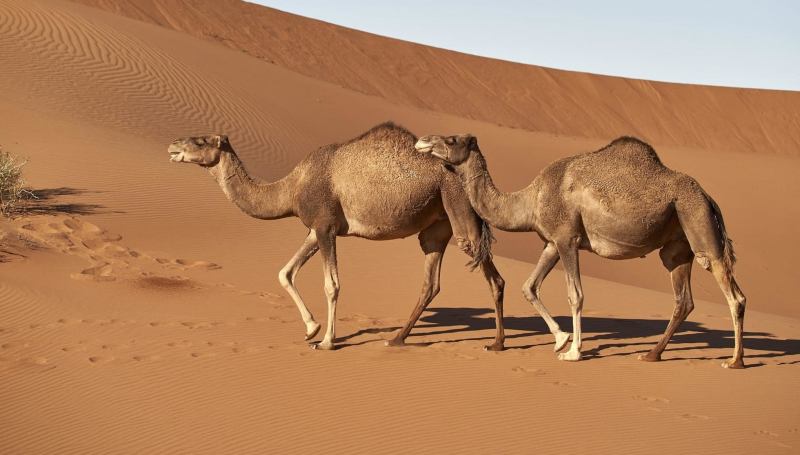
iStock 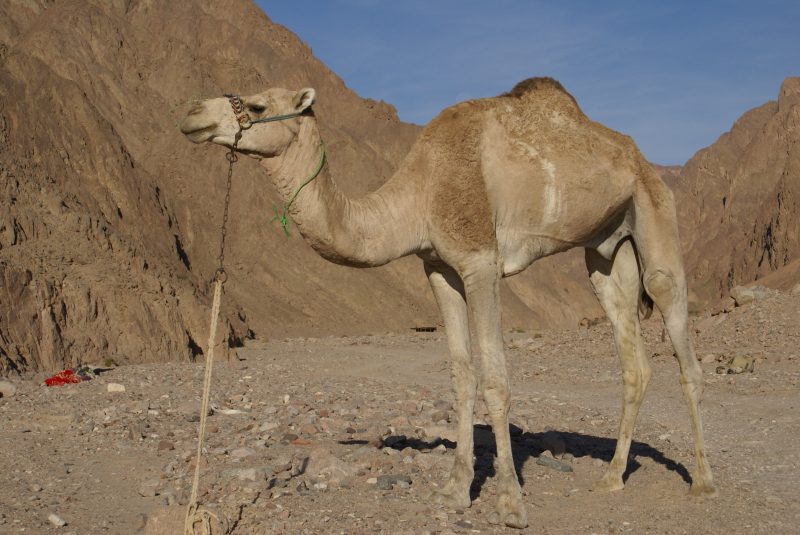
Wikispecies - Wikimedia -
The Llama is a domesticated South American camelid, widely used as a meat and pack animal by Andean cultures since the Pre-Columbian era. Colombia, Bolivia, Chile, Peru, Ecuador, and Argentina are among the countries where llama herds can be found. They have also been exported to various nations throughout the globe.
These slender-bodied animals are the largest among the four lamoid species, averaging about 5.8 feet high. Additionally, these social animals have long necks that can reach 4.3 feet or 1.3 meters, in length. They consume grass and other plants as food. Long legs make it difficult for llamas to graze on the ground. In order to allow them to feed comfortably without having to kneel, it has acquired lengthy necks. A further disadvantage is that bending down to browse is suicidal because it never knows where the next predator may appear from.
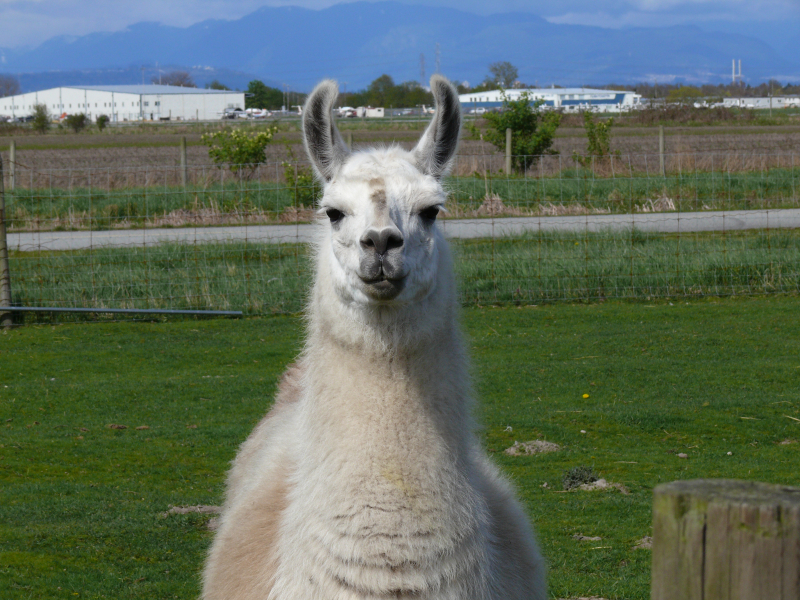
Wikipedia 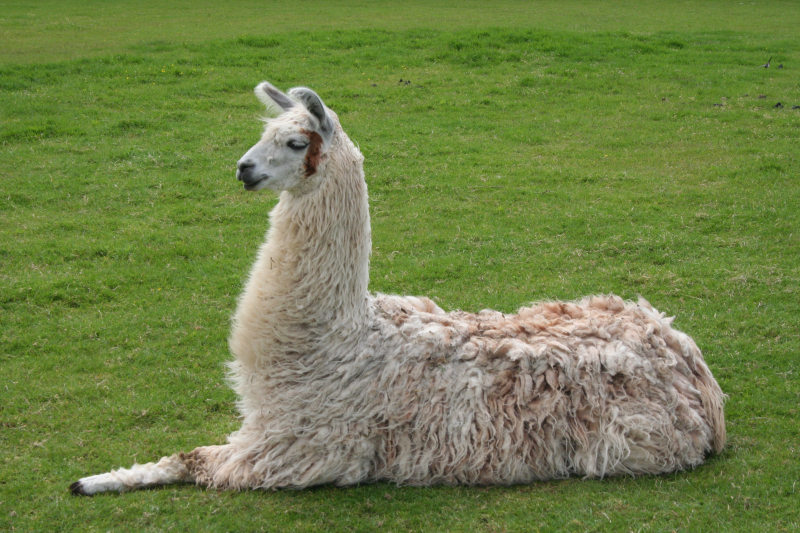
Kidadl -
The Alpaca (Lama pacos) is a species of South American camelid mammal. It is similar to, and often confused with, the llama. However, alpacas are often noticeably smaller than llamas. The two animals are closely related and can successfully crossbreed. Both species are believed to have been domesticated from their wild relatives, the vicuña and guanaco. There are two breeds of alpaca: the Suri alpaca and the Huacaya alpaca.
These creatures can be identified by their long, straight ears and rounded backs. They also have large lips, prominent noses, and long, shaggy necks. Their 3.8-ft long necks play two key roles. First, like llamas and vicunas, these animals enjoy eating tree leaves. In order to eat the leaves growing on top of the trees, they developed long necks and legs. Second, their long necks enable them to keep an eye out for predators like coyotes, bears, and mountain lions.
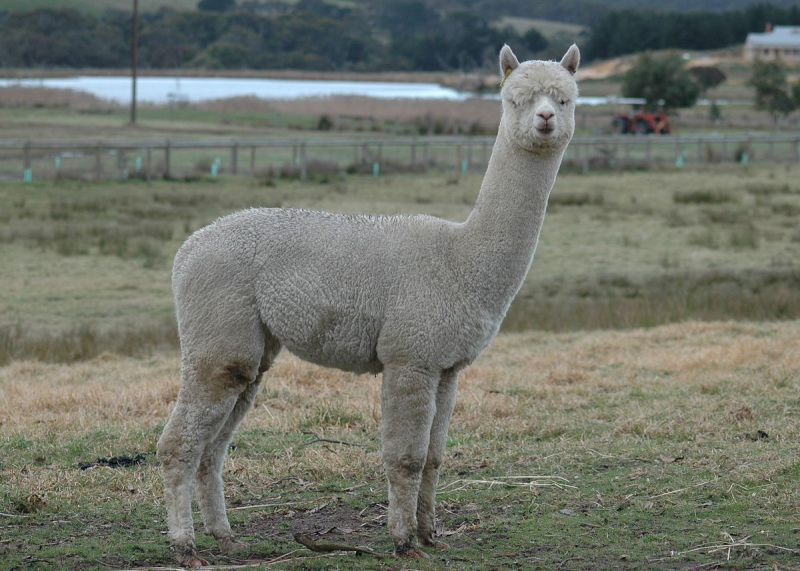
Wikispecies - Wikimedia 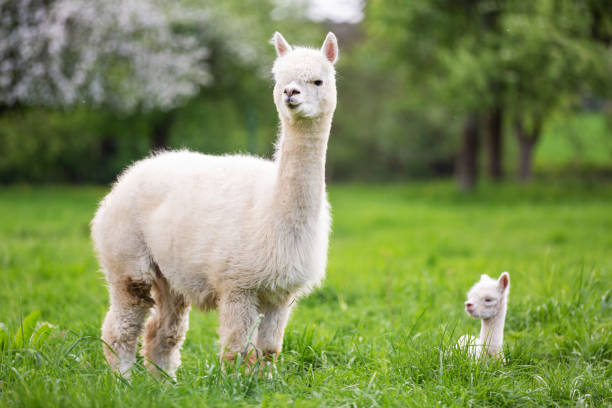
iStock -
The common Ostrich is a member of the vast ratites order of flightless birds. In Africa's savannas, they are the largest extant species of birds. An adult male ostrich stands around 3.2 feet tall, with the neck accounting for over half of this height. The typical ostrich weighs about 320 lb (145 kg), therefore when threatened by predators, they are unable to fly. Nevertheless, they have developed special defense mechanisms that help them avoid predators and thrive in open woodlands and savannas.
The extraordinary long and flexible neck of the ostrich allows it to turn in any direction. This guarantees a 360-degree vision of the environment, allowing it to spot a predator before it approaches too closely. The ostrich also possesses long, powerful legs that can gallop at a speed of up to 70 km/h (43 mph) to avoid any incoming threat.
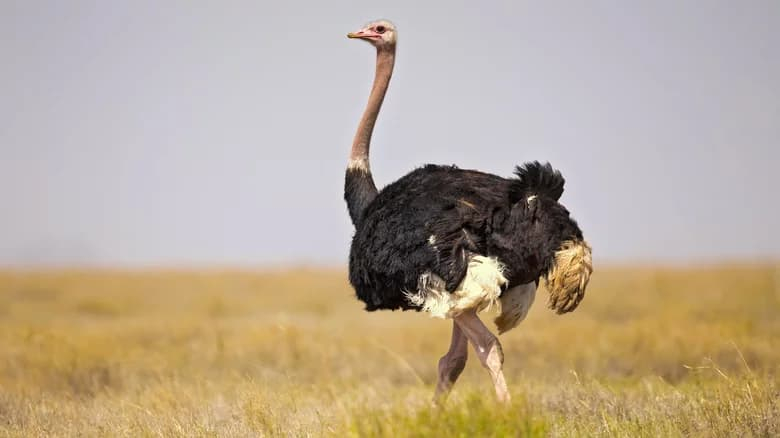
Wikipedia 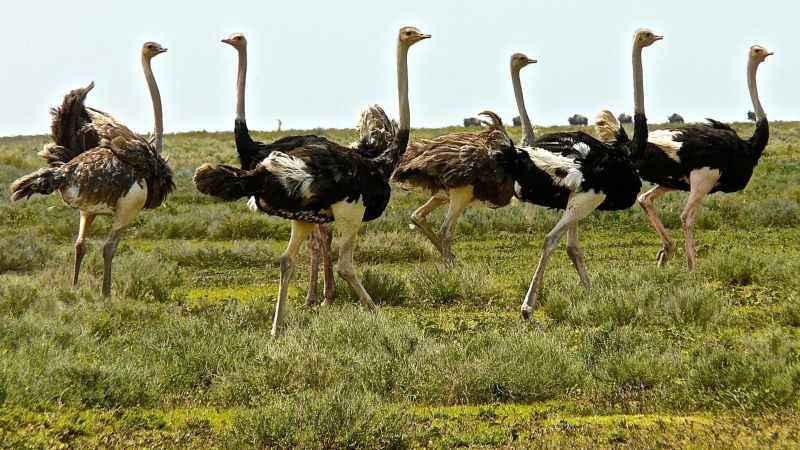
Wikimedia Commons -
The Whooper Swan (Cygnus cygnus), also known as the common swan, pronounced hooper swan, is a large northern hemisphere swan. It is the Eurasian counterpart of the North American trumpeter swan and the type species for the genus Cygnus.
The whooper swan, one of the largest living swan species, can reach heights of up to 4 feet (1.2 meters). The distance between the tip of the bill and the end of the tail can reach 5 feet or 1.5 meters. Swans often have necks that reach a maximum length of 3 feet, or 0.91 meters, compared to geese. They consume the leaves, roots, stems, and tubers of aquatic and submerged plants; they are essentially fully herbivorous. Both on land and in the water, they can forage thanks to their long, flexible necks. A short-necked swan wouldn't be able to detect predators and would struggle to find food underwater.
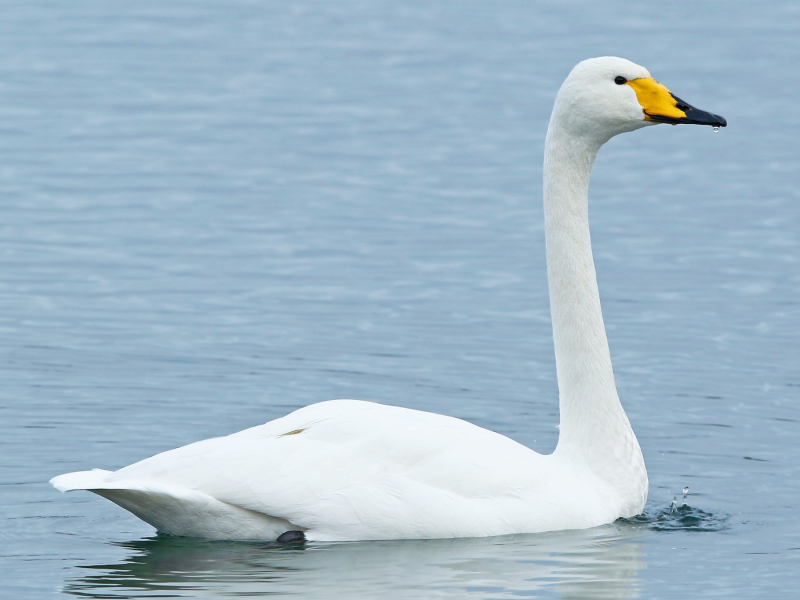
eBird 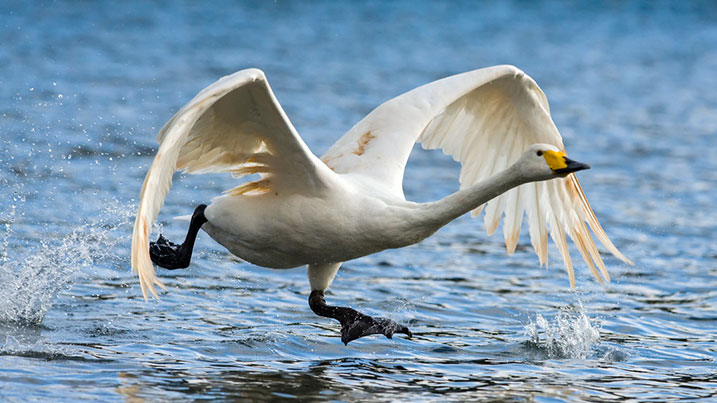
Wildfowl and Wetlands Trust -
The Flamingo is arguably the most famous wading bird on the planet. The striking red-purple coloring of the flamingo's plumage alone makes it unique among birds. The world's flamingo population consists of six distinct species. Except for Antarctica, they were found on every continent.
The highest species of flamingos can reach heights of up to 4.7 feet or 1.45 meters. They also have long necks, which can reach 2.6 feet or 0.79 meters in length on average. They may filter-feed on brine shrimp, tiny crustaceans, blue-green algae, and more thanks to their long, s-shaped necks. The 19 elongated cervical vertebrae in their sinuous necks enable the best possible twisting. To groom their feathers, they can even bend their necks backward.
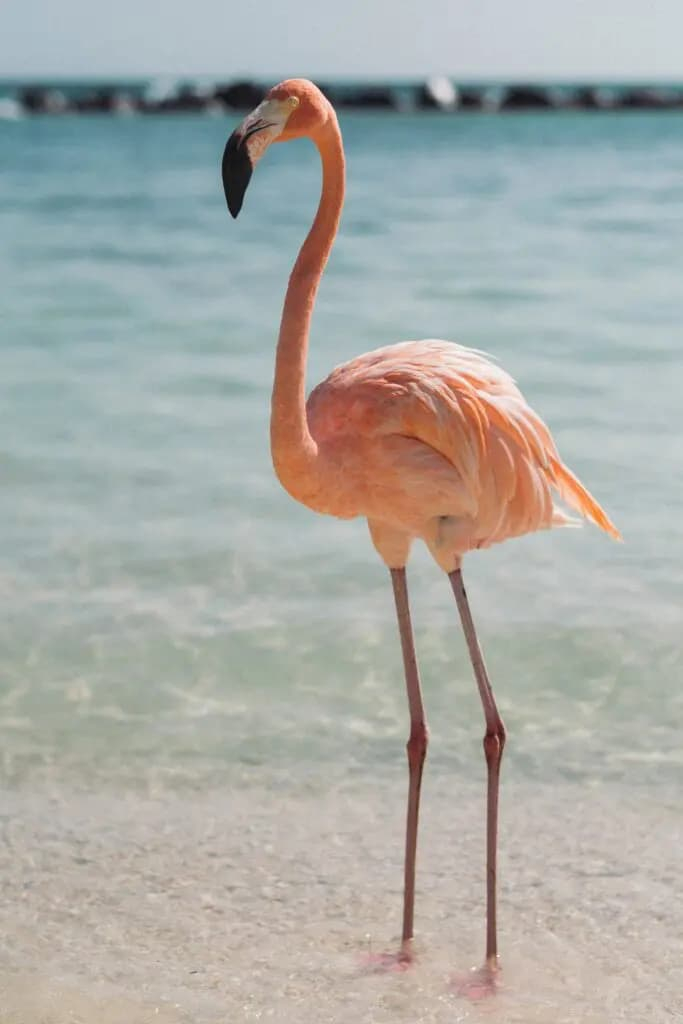
BirdLife International 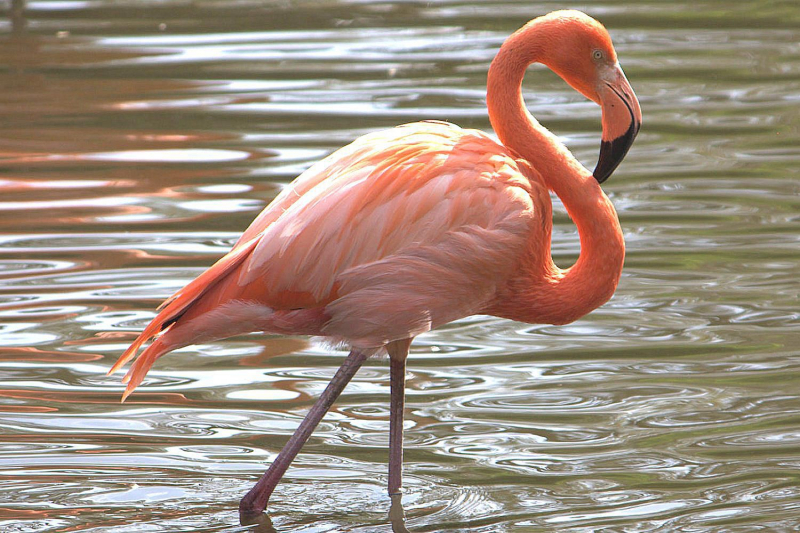
-
The Gerenuk, also known as the giraffe gazelle, is a long-necked antelope found in parts of East Africa. The sole member of the genus Litocranius, the gerenuk was first described by the naturalist Victor Brooke in 1879. They reproduce throughout the year. The gestation period is about seven months. They are born one at a time, weighing about 3 kg at birth.
Gerenuks are herbivorous creatures that eat fruits, flowers, thorny shrubs, and shoots. They can reach plants growing up to 6 to 8 feet tall by using their muscular rear limbs and 0.8-foot-long necks. Gerenuks are able to stand unaided and browse even taller shrubs thanks to their modified lumbar spine and unique wedge-shaped hooves. The gerenuk does not drink water regularly. Major predators of the antelope include African wild dogs, cheetahs, hyenas, lions, and leopards.
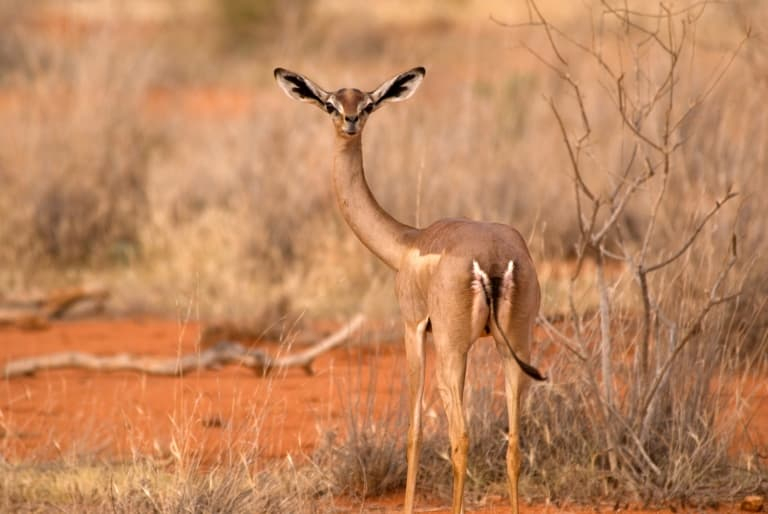
Fact Animal 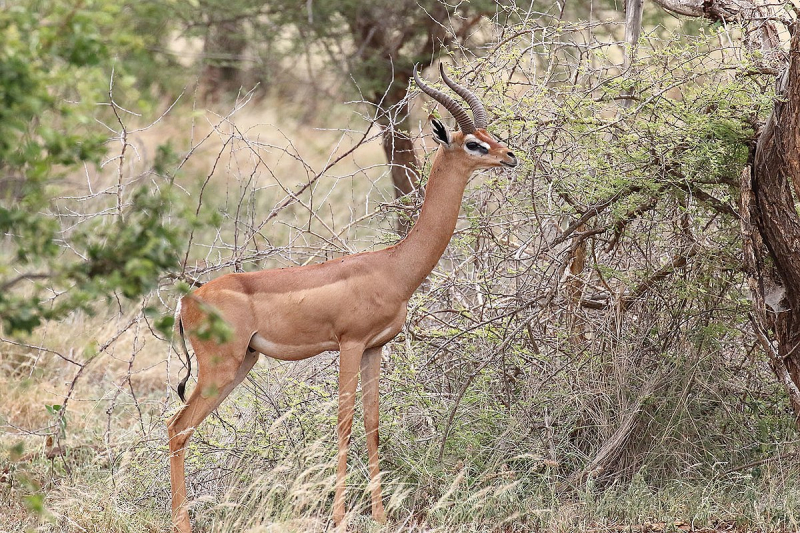
Wikimedia Commons -
The Scarlet Ibis (Eudocimus ruber) is a species of ibis in the bird family Threskiornithidae. It lives in the Caribbean and tropical South America. Although it shares a morphology with the majority of the other 27 species of ibis that are still in existence, it is easily distinguished by its extraordinarily vibrant red coloring. It is one of the two national birds of Trinidad and Tobago, and the Tupi-Guarani term for it, guará, appears in the names of a number of Brazilian coastal localities.
This medium-sized wading bird has a moderately long neck, long, down-curved bill, and slightly webbed feet. Its habitats include mudflats, marshes, mangroves, wetlands, bays, swamps, ponds, and more. Ibises generally stand about two and a half feet from the ground, but males are a bit taller than their female counterparts. The vast majority of their food consists of crayfish, shrimp, and crabs. They can also feed on small snakes and fish, frogs, insects, and snails.
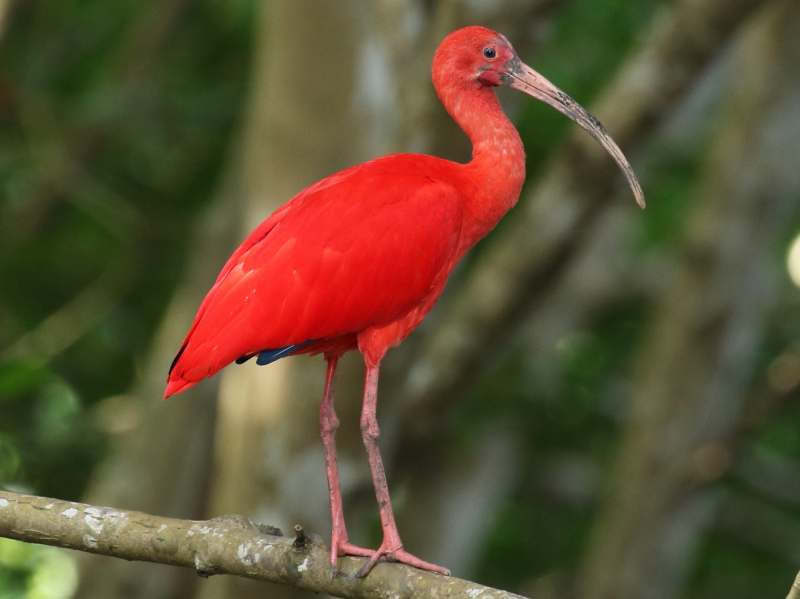
eBird 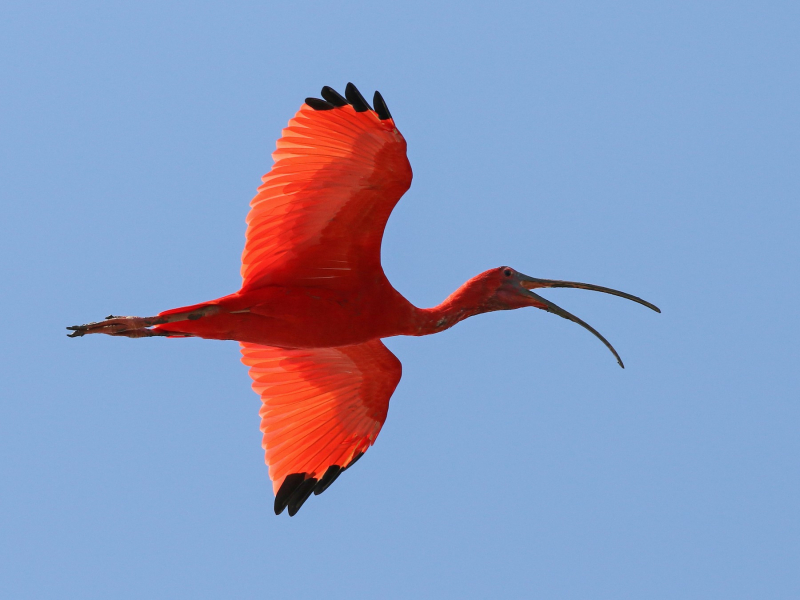
eBird -
The Eastern Long-Necked Turtle (Chelodina longicollis) is an east Australian species of snake-necked turtle that inhabits a wide variety of water bodies and is an opportunistic feeder. They’re carnivorous animals feeding on small fishes, amphibians, crustaceans, insects, and warms. These turtles can be found in freshwater environments of south-eastern Australia, Queensland, New South Wales, and Victoria.
These aquatic creatures, who live true to their name, have the longest necks of any group of turtles still living today. In actuality, their neck is around 60% longer than the length of their carapace (shell). Males typically have shorter necks than females do. These turtles' lengthy necks prevent them from pulling their heads all the way inside their shells. Instead, they tuck their heads into their carapace while twisting their necks. The lengthy necks of the eastern snake-necked turtles enable them to approach their prey before snatching it up.
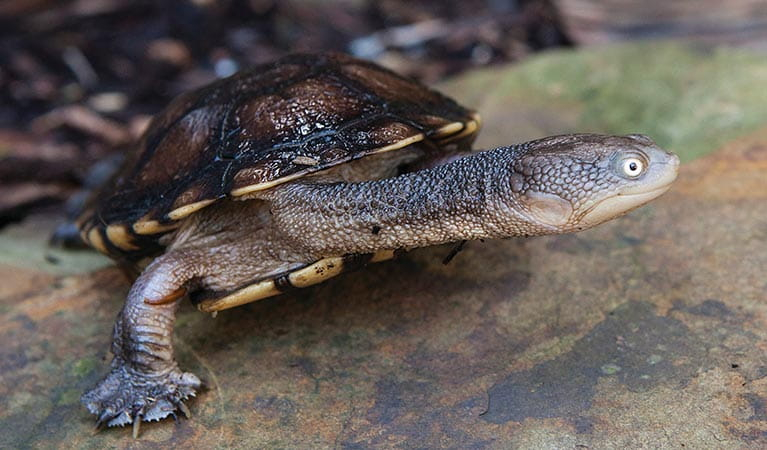
NSW National Parks - NSW Government 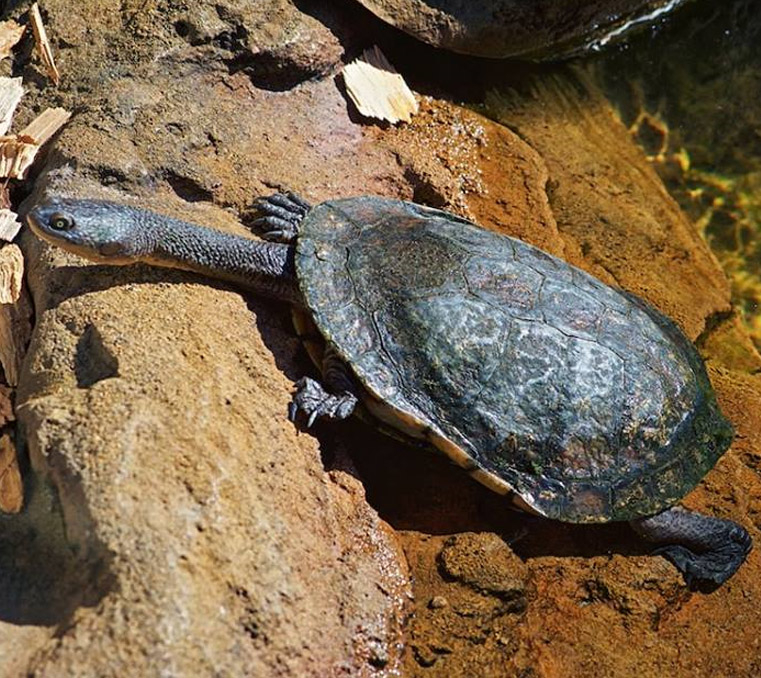
Moonlit Sanctuary












